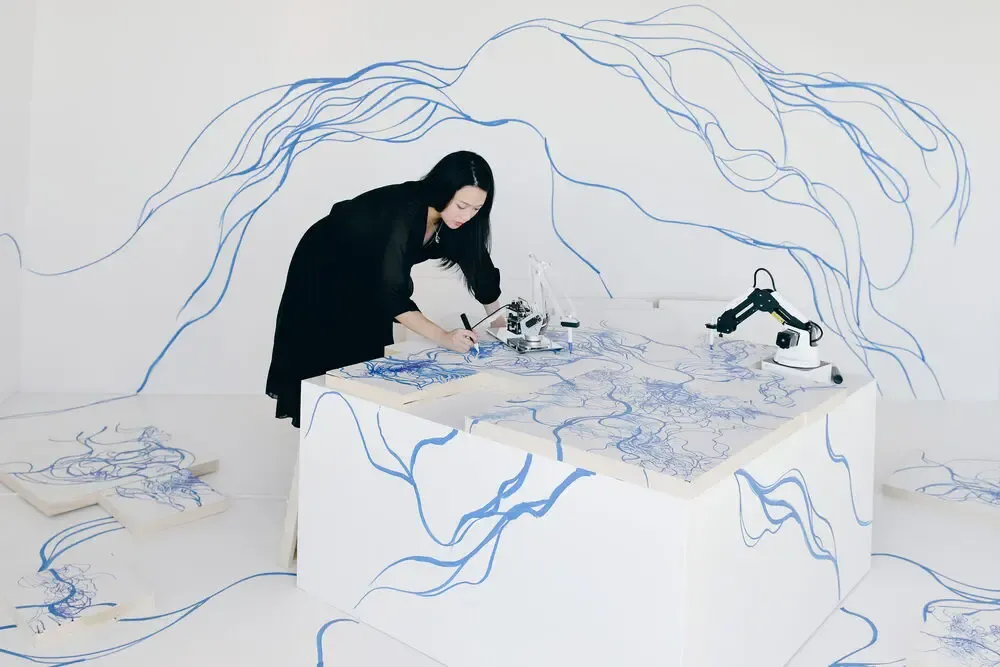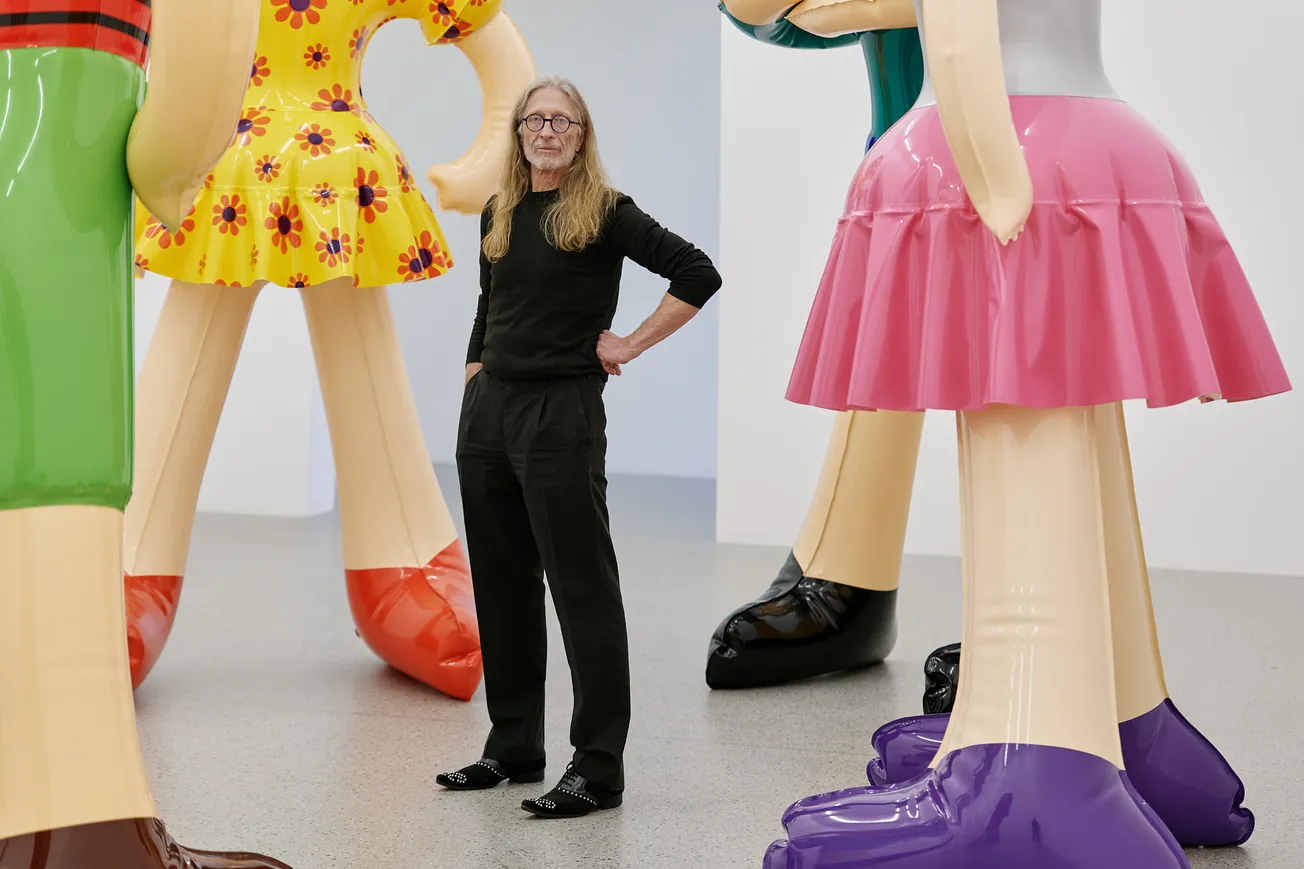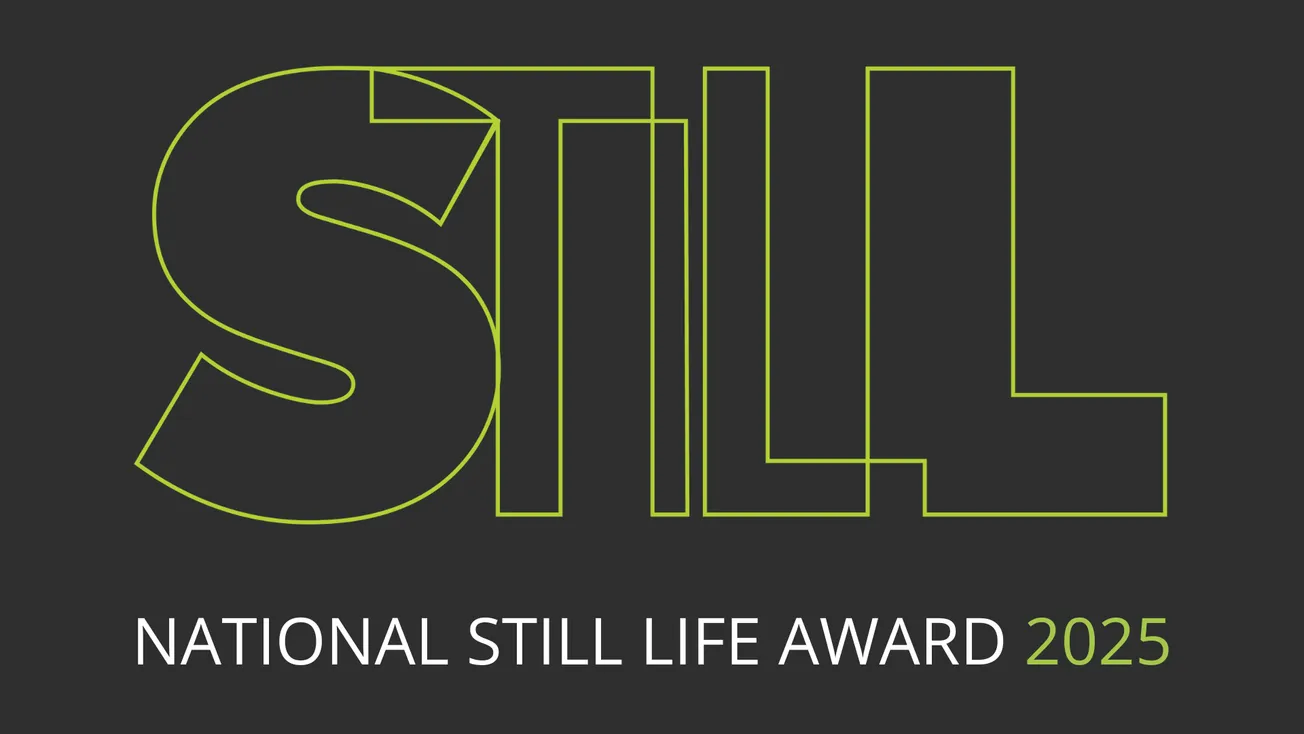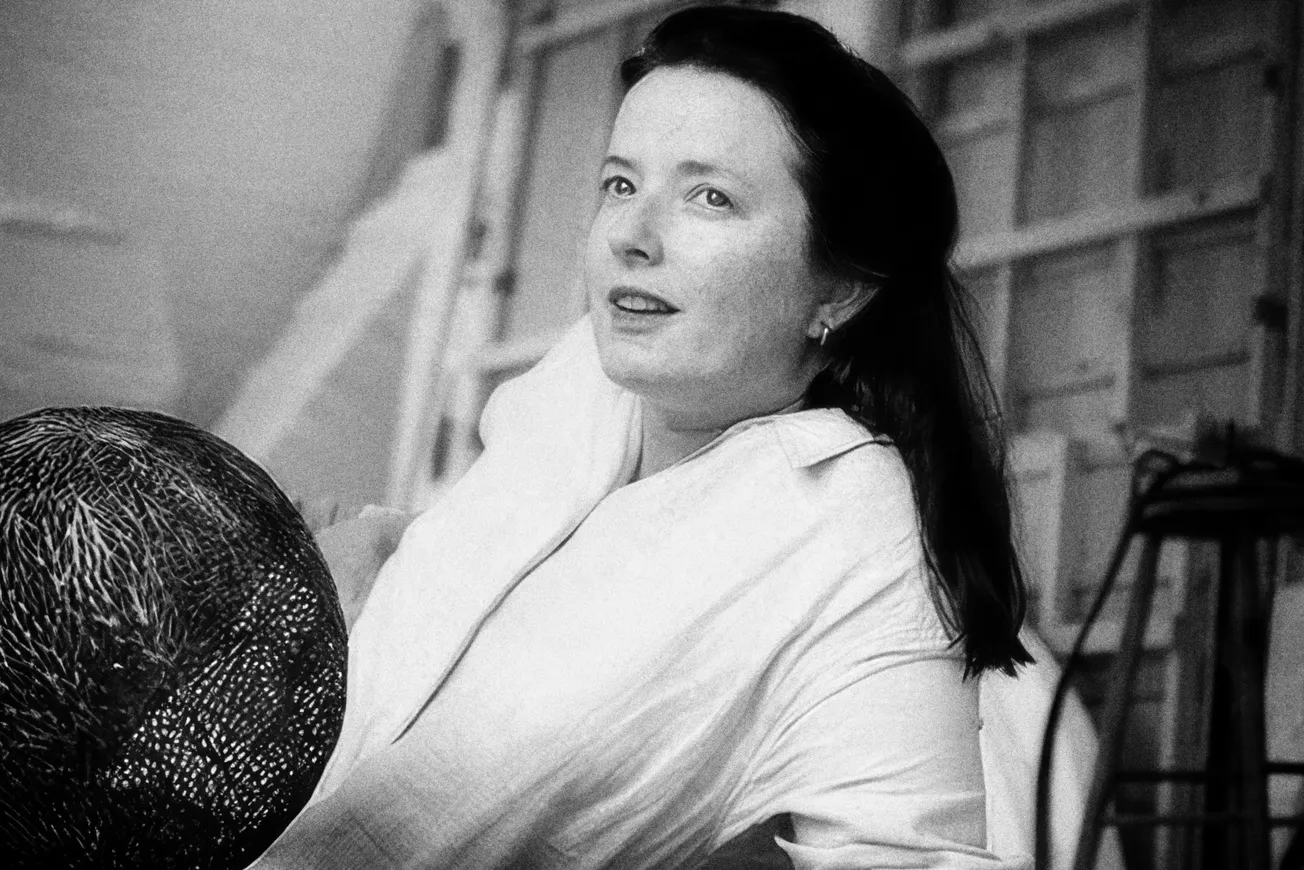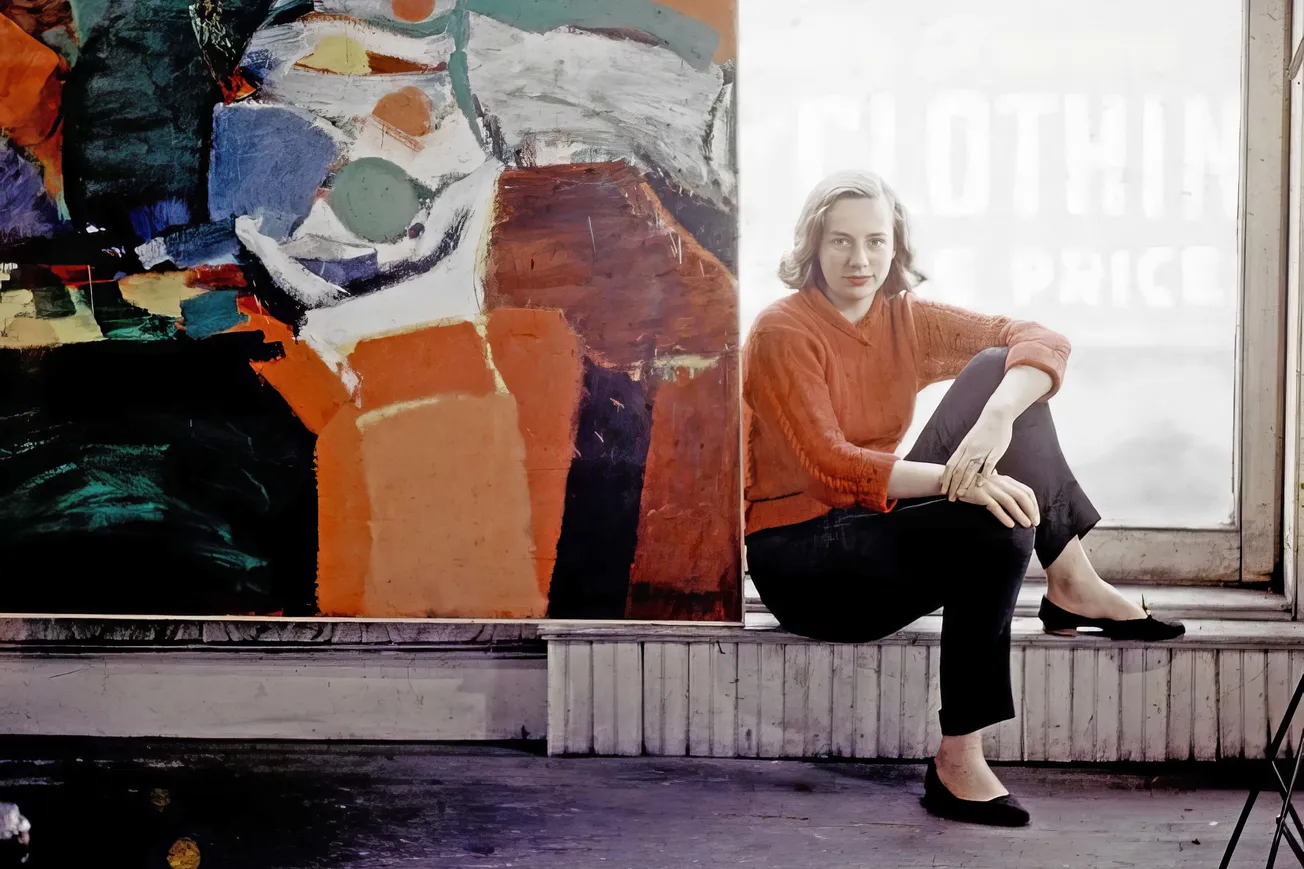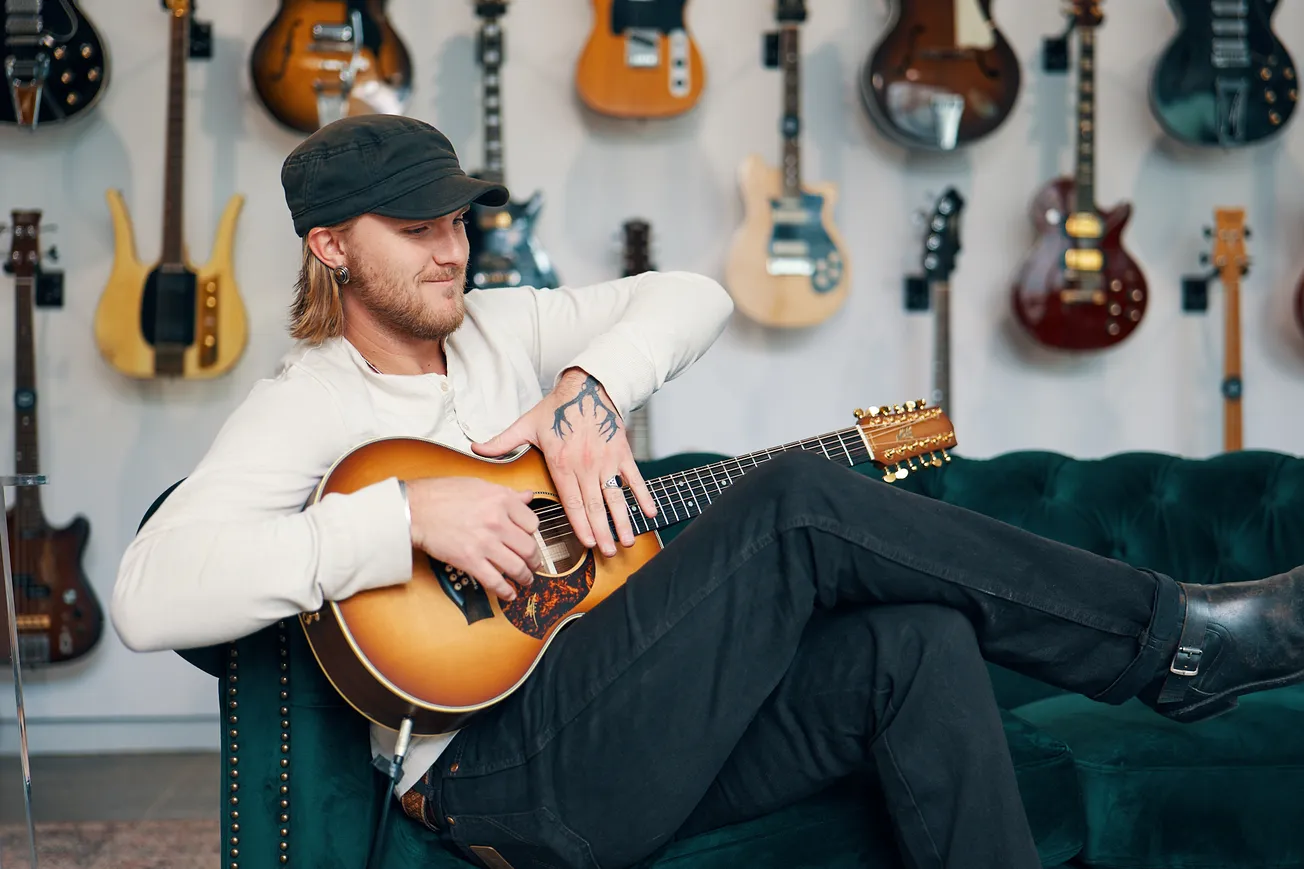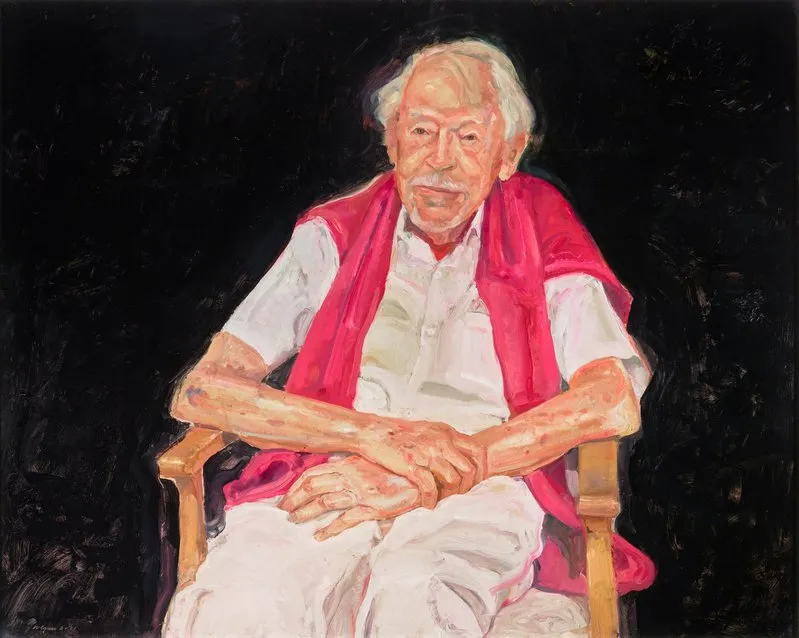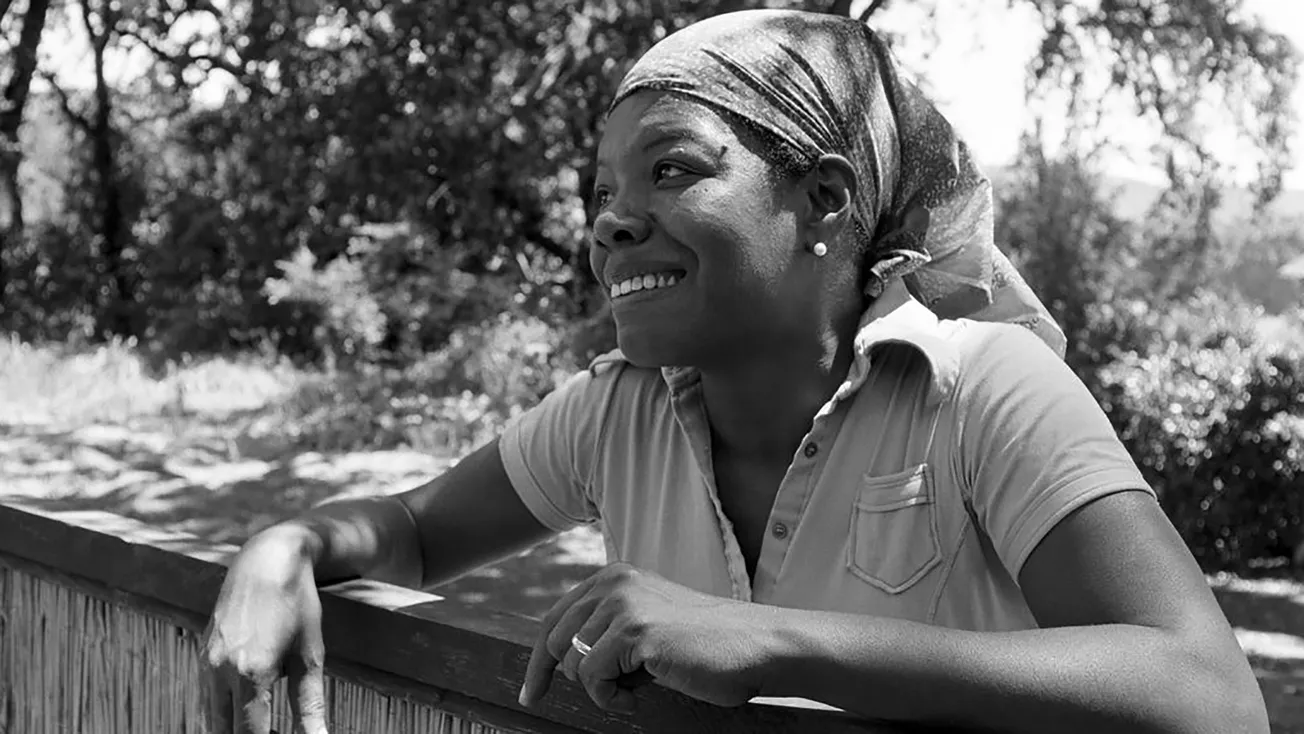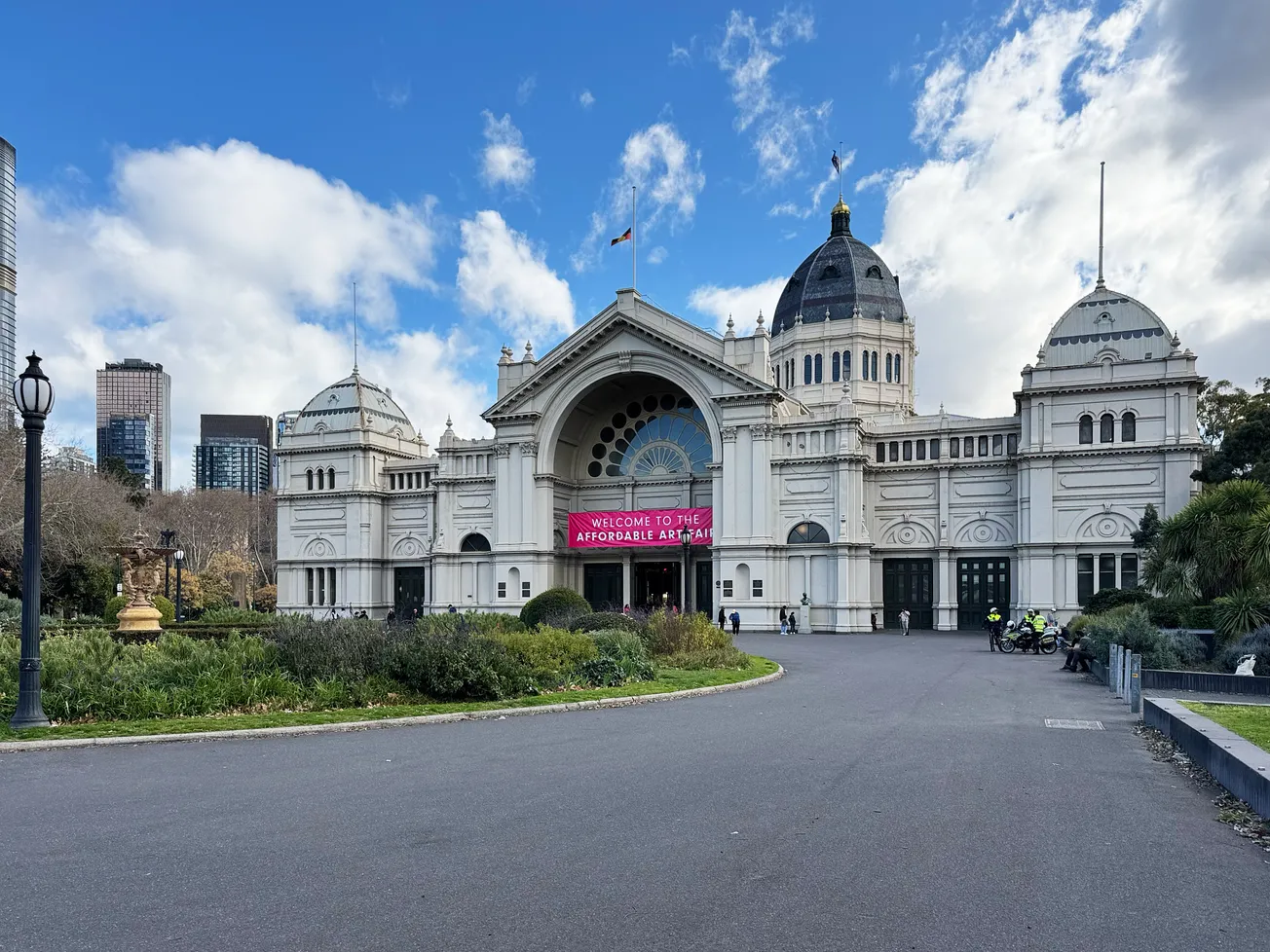Table of Contents

Generative AI is fundamentally transforming the landscape of contemporary art. Once viewed as a mere tool, artificial intelligence has evolved into a creative collaborator—capable of producing entire works of art, curating digital experiences, and challenging our understanding of what it means to be an artist. Artists at the vanguard of this shift are blurring the lines between human imagination and machine cognition, opening up unprecedented avenues for innovation.
One of the most influential figures in this realm is Mario Klingemann, a German artist who has worked extensively with neural networks, code, and machine learning since the early 2000s. His acclaimed 2018 installation, Memories of Passersby I, features two screens flanking a central AI-powered computer system that continuously generates lifelike portraits of non-existent individuals. The faces, while hauntingly familiar, are entirely the product of data-driven algorithms. Through this work, Klingemann invites viewers to consider authorship, originality, and how machines might mirror—and even expand—human creativity.

Meanwhile, Refik Anadol, a Turkish-American media artist and data sculptor, is pushing the boundaries of sensory experience through AI and immersive environments. His signature series, Machine Hallucinations, transforms enormous datasets—ranging from digitised museum archives to NASA’s space imagery—into dreamlike audiovisual installations. These works are more than spectacles; they are explorations of collective memory, the subconscious of digital culture, and the relationship between architecture, technology, and perception. Anadol's use of GANs (generative adversarial networks) transforms data into flowing, hypnotic visuals that envelop viewers in an ever-shifting AI-generated reality.

Together, Klingemann and Anadol exemplify how AI is no longer a background process but a primary medium in artistic creation. This shift invites serious philosophical questions: Can machines be creative? Where does authorship lie in works made by algorithms trained on centuries of human art? And how might AI redefine the role of the artist—not as a sole creator, but as a programmer, curator, or collaborator?

These developments mirror broader societal conversations about automation, ethics, and digital identity. As AI becomes more deeply embedded in our daily lives, its presence in art serves both as a reflection of and commentary on these transformations. The integration of AI into artistic practice is not a passing trend—it represents a new chapter in art history, one where human and machine co-author the future of creativity.

